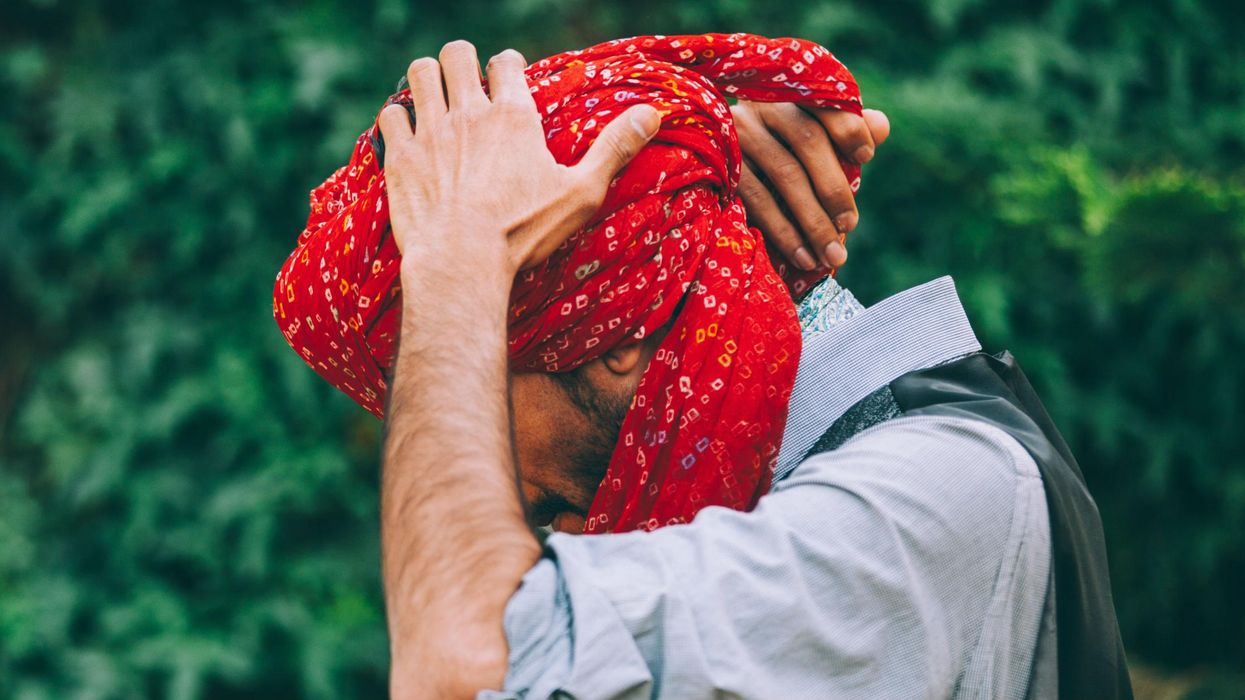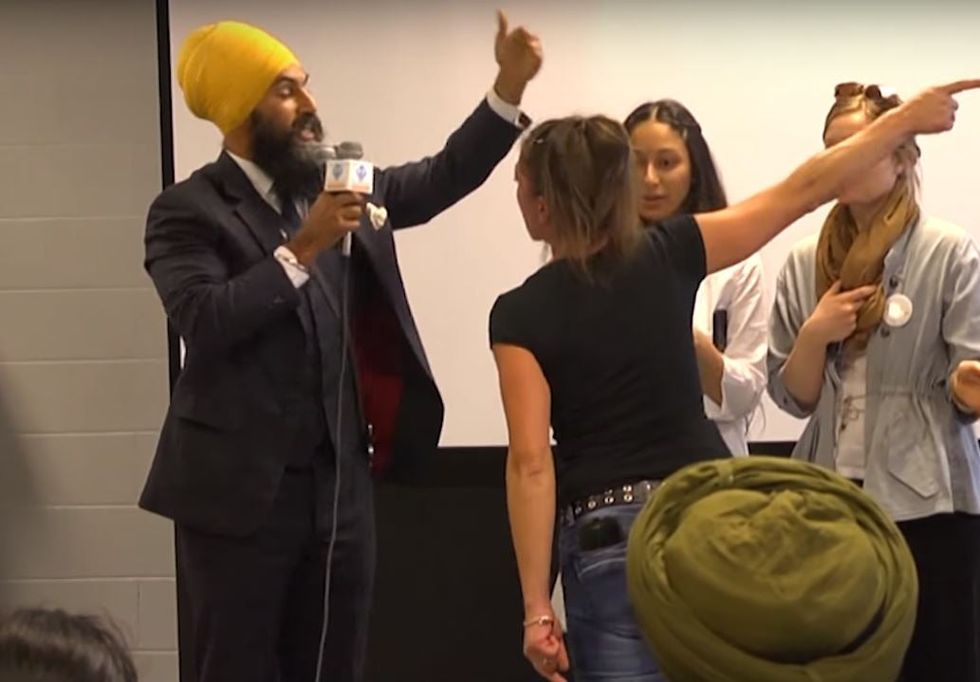News
Narjas Zatat
May 03, 2018

Picture:
iStock
Sikhism is the world’s fifth-largest religion, followed by more than 25 million people worldwide.
In America alone, some 500,000 people identify as Sikh, and more than 430,000 Sikhs call the UK their home - although that number refers to the 2011 census and may well be higher in the present day.
There has been a growth in cultural events related to Sikhism and its many facets; the state of New Jersey and Delaware has designated April for its Sikh Awareness and Appreciation Month, and Canada had its Sikh Awareness Week at the end of March.
Part of these initiatives arose out of a need to “combat anti-Sikh bigotry”, a state assembly resolution specified.
Islamophobia has created an unfortunate bi-product of anti-Sikh sentiment, which has manifested itself in a number of cases of discrimination on public transport and elsewhere. In one case, Sikh activist Simranjeet Singh shared a number of Snapchats taken by someone on a plane, captioned to make it appear as though a man wearing a turban was a terrorist.
In another such incident, a woman accused Canadian politician Jagmeet Singh with being “in bed” with Sharia and the Muslim Brotherhood during a meet and greet.

Speaking to indy100, Hardayal Singh, the executive director of the UNITED SIKHS, agreed that discrimination against Sikhs in recent times grew out of discrimination against Muslims - and neither are acceptable.
Asked about these instances of blind discrimination, often against Sikh men mistaken to be Muslims, he said:
"It is very unfortunate that this is still happening. Any discrimination based out of hatred against any particular religion is not acceptable. The challenge is in first understanding the problem.
"Islamophobia stems from either a fear of another, or the consideration it being a systematic problem. The response to Islamophobia will vary based on the understanding.
The media also has a duty to provide a responsive role in identifying and saving the lives of many Sikh and other community members against whom such attacks take place by clarifying who these communities are, [and] punctuate well enough to create distinctions.
"Practising one’s religion openly is defended not only by the First Amendment but this right is also enshrined in the Universal Declaration of Human Rights.
"Despite this, the fact is that under the current presidency, hate crimes have gone up this year, as per the Southern Law Poverty Center.
One has to address the challenge of addressing the hate crimes through a skilled dialogue in different forms and at different levels. We should make sure that the perpetrators are brought to justice. Overall, the message of love is the only healing that can cure the hearts and minds impacted by hate crimes.
The key, he says, to combating discrimination is through a combination of “dialogue of multifaith forums”, holding perpetrators accountable, and education.
A number of institutions and individuals are already doing this: The Sikh Way was established in the 1980s to “promote education of the Sikh way of life and to work within society for the betterment of all mankind", as is the Sikh Foundation. There are artists, too, who are using their platform to explore and share, among many topics, the Sikh identity, including the poet Jaspreet Kaur, who goes by 'Behind the Netra', and YouTuber Lily Singh 'Superwoman'.
Mr Singh emphasises that diversity exists within the Sikh community, and uses the turban as an example.
Covering one's hair was made an official policy by Guru Gobind Singh, the tenth Guru, and people wear it to "take care of the hair, promote equality and preserve the Sikh identity".
However he says that the turban is not a monolith.
"There are different styles of turbans that people wear, and within each style there is leeway on personal preference on the style. A dumalla is a larger, rounder turban. There is a smaller round turban tied by some Sikh men. Sikh women who tie turbans tend to wear round ones as well."
A parna is a smaller round turban often tied using a thicker printed/chequered cloth. Some tie it as a common style called as a pagri.
When the Sikh faith was developing from the 15th through 18th centuries in South Asia, the turban was worn only by the higher classes and elites of society. However, a core teaching of the Sikh faith was that all people are equal — there are no high or low among us.
It’s considered respectful for Sikhs to keep heads covered when in public and in religious spaces; the turban provides that function as well.
It is a core piece of a Sikh's identity.
More: This is what it's like to travel as as a Sikh man
More: Everyone should read this guide about what to do if you see Islamophobia
Top 100
The Conversation (0)













